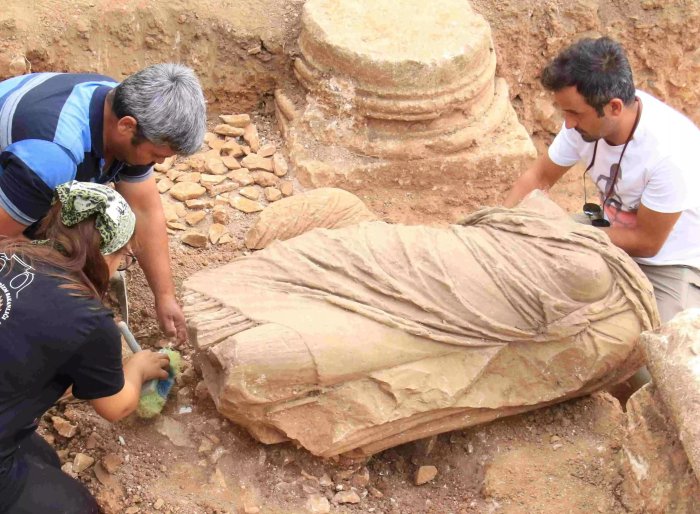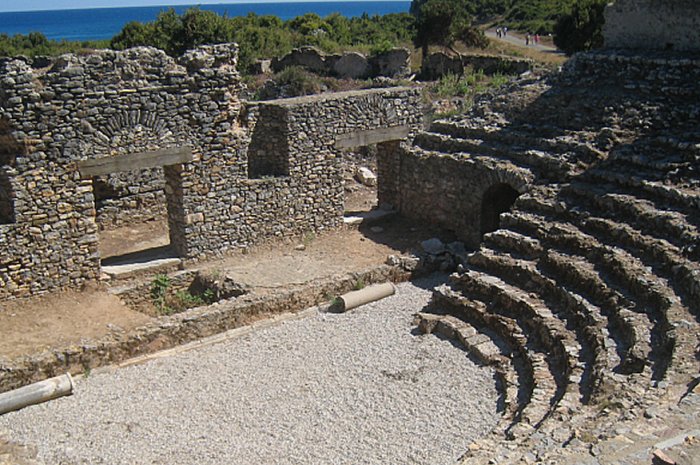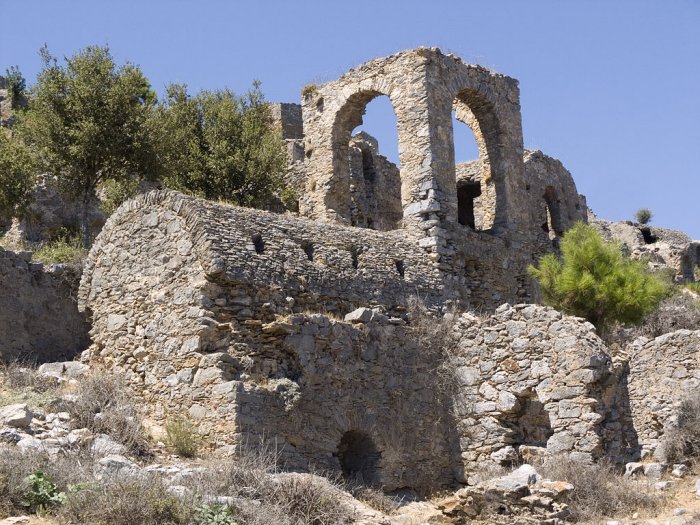Conny Waters – AncientPages.com – Among many extraordinary finds reported from the archaeological excavations in the ancient city of Anemurium located in the province of Mersin in southern Türkiye is a Roman-era female statue probably dated back to 1,800 years ago.

Image source – Hurriyet Daily News
This ancient statue is believed to represent an important person according to the archaeology team led by Professor Mehmet Tekocak from one of the Konya Selçuk University, one of the largest universities in Türkiye.
The statue is believed to have collapsed and remained underground due to a strong earthquake that occurred 1,500 years ago in the ancient city of Anemurium.
Describing the statue, the archaeologists say that the dressed female statue from the Roman era has a completely well-preserved intact body.
It is reported that the statue, which is decorated with two different clothes, a chiton at the bottom and a himation on top, represents a goddess, empress or philanthropic woman belonging to an aristocratic or important family who lived there 1,800 years ago.
Both the excavation works and restorations continue on a wide area in the ancient city, located in the southern province of Mersin, throughout the year, and there are new very interesting discoveries in the ruins of Anemurium, the city which had once a strategic position and importance, especially during the Roman Empire and Byzantine Period.
During this period, Anemurium, the main settlement of the Anamur Plain, became a prestigious market and administrative center for the mentioned plain and also a trade center due to its proximity to Cyprus.

Ruins of Opera House in Anemurium. Image credit: Wofrings – Public Domain
It took all day long for the teams to remove the statue. Finally, since a crane could not approach the area, the statue was removed, with the help of a small work machine with great care by an expert team from the Antalya Restoration and Conservation Regional Laboratory Directorate, and taken under protection for scientific studies, cleaning, conservation and restoration works.
“The ancient city of Anemurium is located in the Anamur district of Mersin, approximately 10 kilometers away from the city center, where findings are mainly from the 2nd century to the 6th century A.D. It is like a time capsule. The moment you enter here, you are going back 1,800 years ago. We clearly know that the city existed 2,500 years ago. It is also said that it goes back to the Hitтιтes, but we have no information about this yet,” Tekocak said.
“This is an area right next to the Harbor Bath. We first started excavations in this structure to determine the characteristics and functions of the spaces of the Harbor Bath.
Later, we started excavations here to understand whether there was a relationship with the bath in this area right next to it, and we came across very interesting ruins and finds,” explained Professor Tekocak, adding that the exact place of this discovery is the lower city with many public building.

Ruins of the ancient city of Anemurium. Image credit: Ostrovsky Alexander, Kiev – CC BY-SA 3.0 DEED
“We think that this place may be a ‘nymphaeum,’ that is, a fountain monument in ancient times. And we uncovered a very beautiful female statue decorating this fountain monument,” as cited by Hurriyet Daily News.
See also: More Archaeology News
For now, the researchers do not know who is depicted in the statue. “Its head, arms, and feet are still missing. We later found one of her arms. The work continues, and I hope we will find the other missing parts. It may be the portrait of someone, and if so, we will see the silhouette, picture or statue of someone who lived here 1,800 years ago for the first time.”
Written by Conny Waters – AncientPages.com Staff Writer





